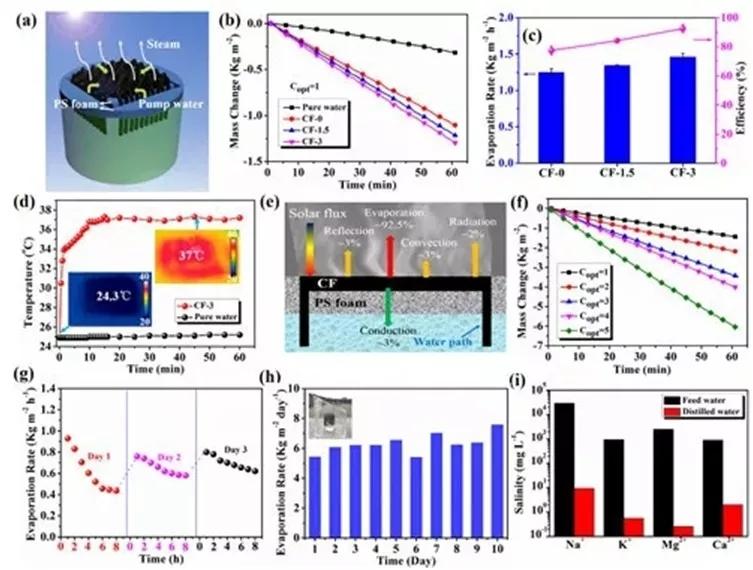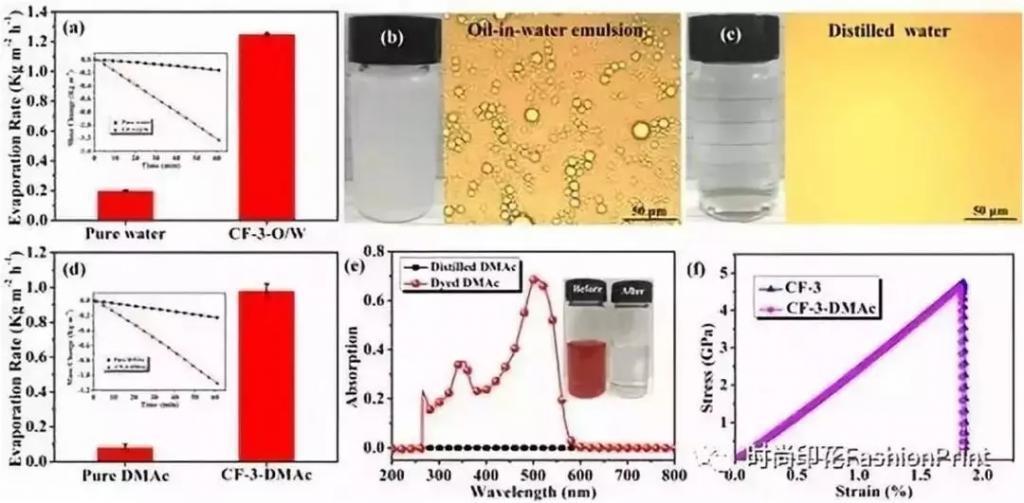Printing and dyeing wastewater is one of the most difficult industrial wastewaters recognized at home and abroad. It is mainly composed of desizing wastewater, scouring wastewater, bleaching wastewater, mercerized wastewater, dyeing wastewater and printing wastewater. It has complex composition and high chroma. It is characterized by many toxic substances and belongs to organic wastewater containing a certain amount of toxic substances. Printing and dyeing wastewater treatment usually adopts a combined treatment process of anaerobic (hydrolysis acidification)-aerobic (biocontact oxidation) combined with physicochemical treatment. As a clean and renewable green energy source, solar energy has been widely used in photovoltaic power generation, photocatalysis and photothermal conversion. Among them, sewage purification based on the principle of photothermal conversion is a low-cost, low-maintenance environment-friendly technology. The current photothermal conversion materials mainly include carbon-based materials, plasmonic materials and semiconductor materials. Due to their physical and chemical stability, the above materials exist in extreme environments such as high salt spray, high temperature, high humidity and high corrosion. Application limitations. In order to solve the above problems, the research team of the Institute of Materials Technology and Engineering of the Chinese Academy of Sciences designed and prepared a carbon fiber material with ultra-stable environmental tolerance for the purification of various media in the photothermal conversion layer. The team used hydrothermal synthesis to introduce a stable carbon layer on the carbon fiber surface to increase the surface roughness of the carbon fiber and introduce some polar functional groups through the carbonization modification process. The surface polarity of the modified carbon fiber is increased, so that the carbon fiber can self-extract the liquid (water or organic solvent) by capillary action between the fibers, and no additional extraction material is needed, which simplifies the design of the solar evaporation device. Photothermal conversion performance of carbonized modified carbon fiber The carbonized modified carbon fiber has high photothermal conversion efficiency, has good removal effect on oil-in-water emulsion (non-volatile silicone oil), and can exhibit good decolorization and purification effects on dye-containing organic solvents in the printing and dyeing industry . Carbon fiber has a rich multi-stage fiber structure and good capillary water-repellent capacity, and has good dissolution and self-repairing ability for high-salt seawater crystallization on fiber surface. The carbonized modified carbon fiber material has broad application prospects in the field of multi-media purification, and greatly expands the application fields of carbon fiber and photothermal conversion materials in solvent purification. Purification performance of carbonized modified carbon fiber for oil-in-water emulsion and dye-containing organic solvent Cotton Thread Blanket,Blanket Fabric,Recycled Blanket,Jacquard Warm Blanket Wenzhou Gangxin textiles co.,Ltd , https://www.gxblanket.com

January 05, 2024